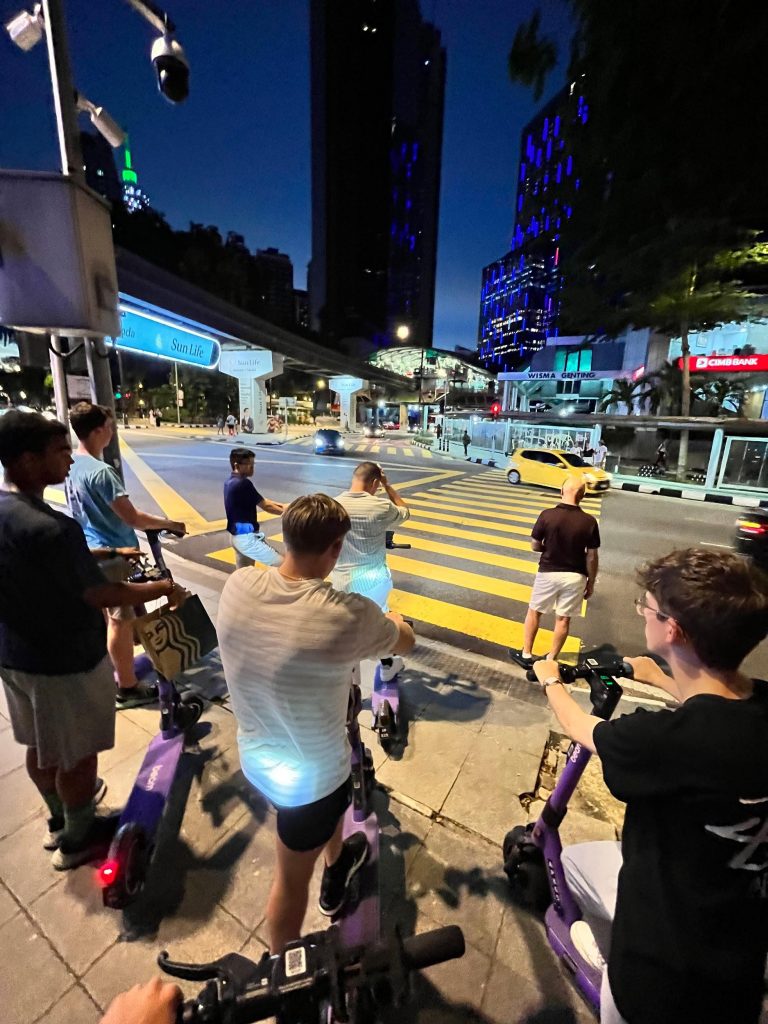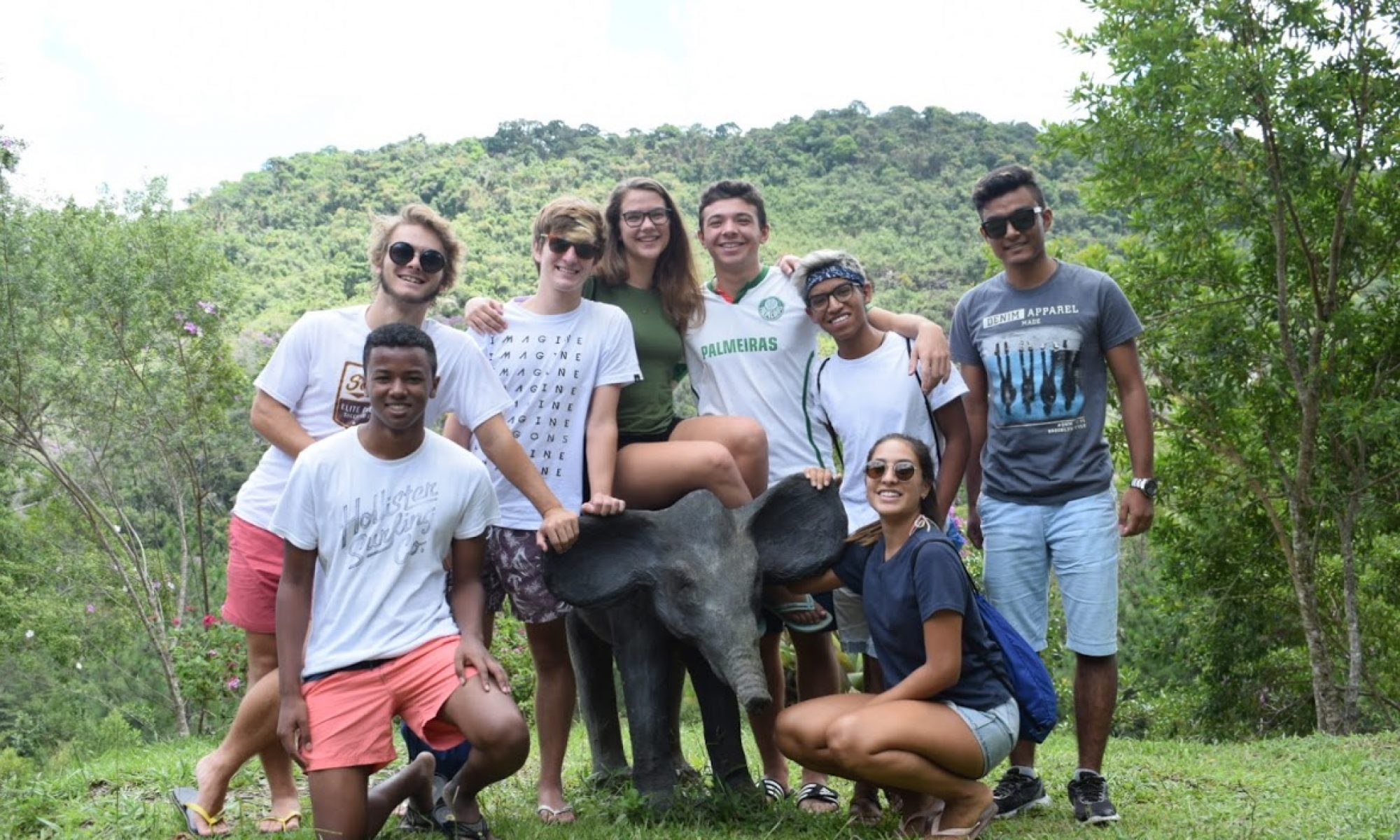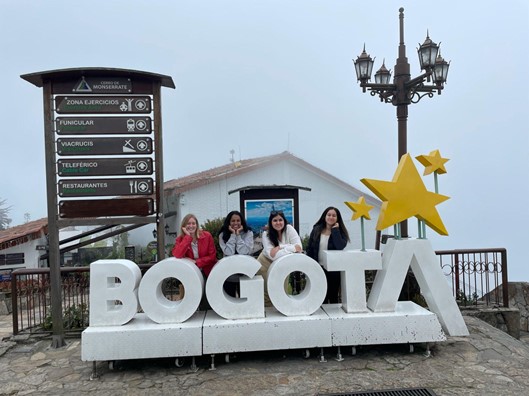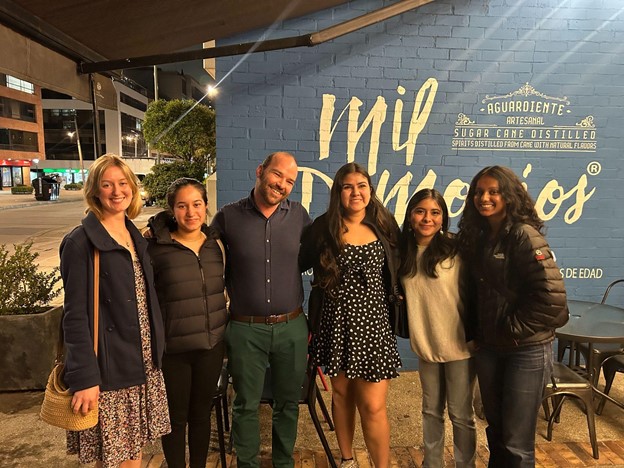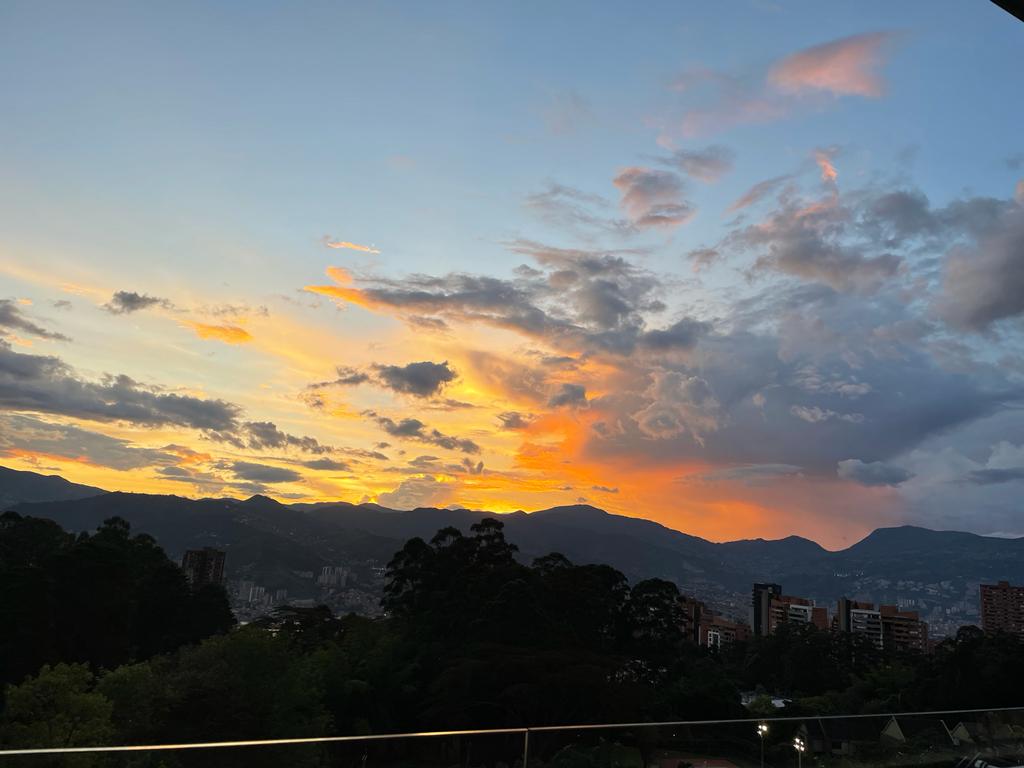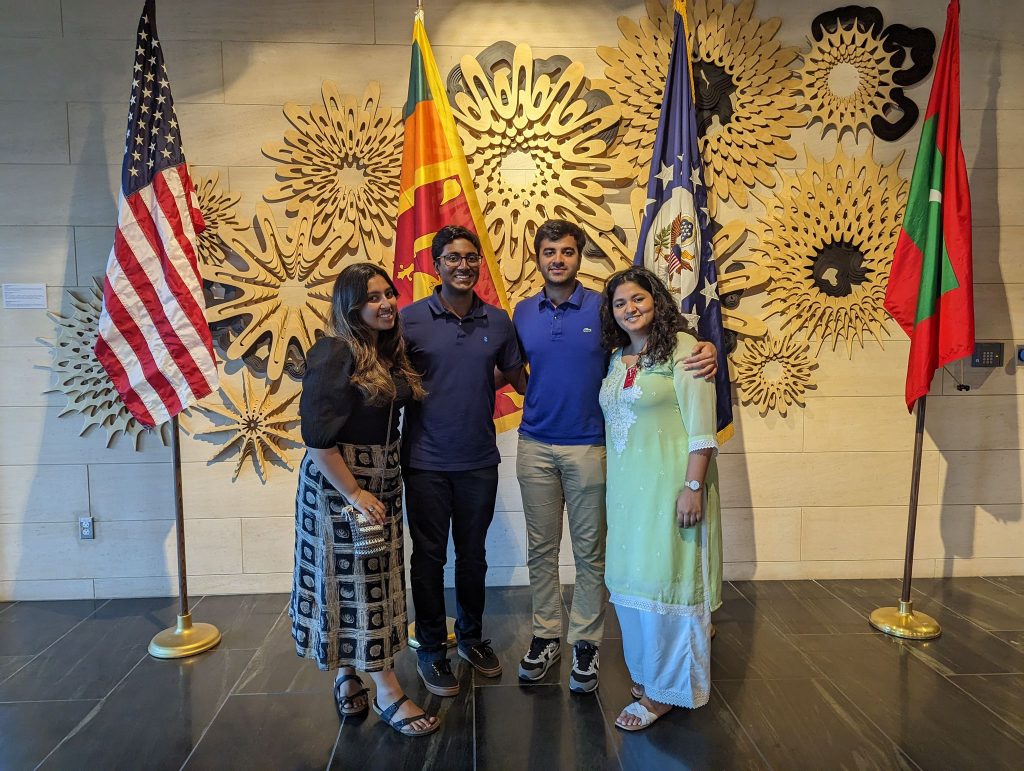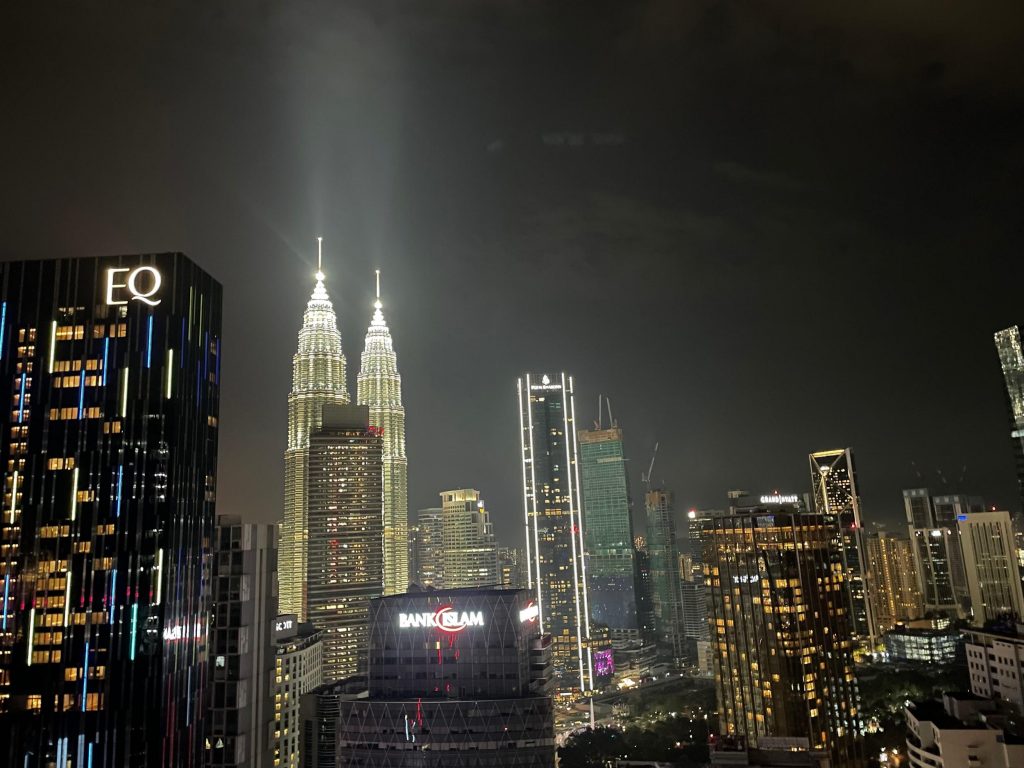
By: John McIntyre
The ALLIES JRP team is now firmly settled in Kuala Lumpur, Malaysia! The 12-hour time difference to the U.S. no longer feels like the challenge it was to the students from Tufts University, the U.S. Naval Academy, and the U.S. Military Academy in the first 72 hours. They have had a very exciting couple of days exploring the culture and attractions that KL has to offer, whilst also gaining valuable insight into the differing viewpoints surrounding U.S-China competition in the region from think tanks and universities.
After exploring the bustling Petaling Street Market and securing a few incredible deals on merchandise, the students turned their focus to learning more about where Malaysia stands on the important issue of the U.S-China rivalry in the South China Sea and trade. The students headed off to their first interview of another 95° F day with 80% humidity at 9:30 AM sharp.
Professors of International Law at the University of Malaya Kuala Lumpur greeted the students and lectured from ten to eleven o’clock regarding the challenges that Malaysia faces in balancing its relationship between the U.S. and China. Before concluding the session, the students had the opportunity to ask follow-up questions while enjoying incredible traditional Malaysian breakfast snacks with tea.
Following a half-hour Grab ride (South East Asia’s Uber), the students arrived at the Institute of Strategic and International Studies to interview members of Malaysia’s premier Foreign Policy Think Tank. It was there that the students learned about the background of the Institute and how it plays a role in government affairs. The students heard interesting counterarguments to points they had heard at other institutions and universities that caused them
to re-evaluate some of their points of view.
Following the meeting, the students raced back to the hotel to get some much-needed lunch/dinner (Linner). They dived into a Japanese Barbecue restaurant and feasted on the 13-dollar (!), all-you-can-eat buffet. No stomach was left hungry by the end of the meal. The students capped off their day by paying their first group visit to the famous Petronas Twin Towers. The views were breathtaking, but the students were seemingly more infatuated with the electric scooters they used to drive to the towers. All eleven students rode small electric scooters to and from the towers and lived to tell the tale. They look forward to what comes next!
